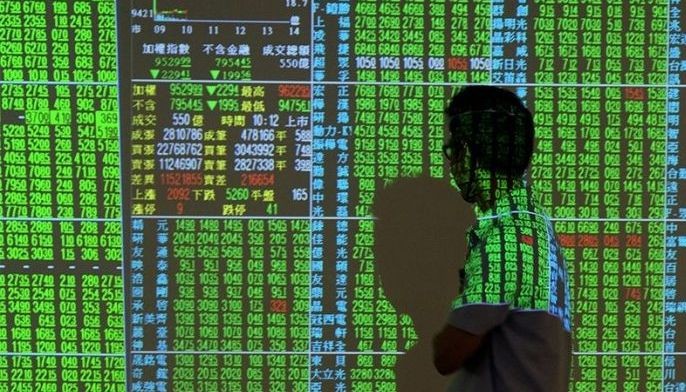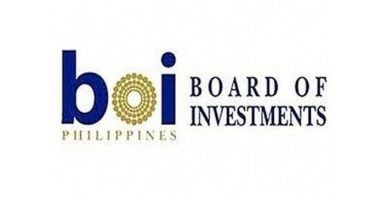The 'curve' that drives Wall Street crazy

NEW YORK — The further it falls, the more Wall Street freaks out. The usually unremarkable "yield curve" made investors sit up and take notice this week as it signaled a possible recession on the horizon, sending stocks plummeting.
The curve plots the difference between returns on long- and short-term US Treasury debt, usually 10-year notes compared to two-year notes. That spread has been narrowing in recent days, and on Tuesday fell to 0.12 percentage points, the lowest since the 2007-2008 crisis, fueling a stock sell off.
The phenomenon known as "flattening" of the yield curve is worrisome, but it is the "inversion" of the curve -- when the two-year rate moves higher than the 10-year rate -- that scares the markets most.
That tipping point has preceded most US recessions since 1950, and the curve last inverted in February 2006 prior to the 2008 recession.
"My interpretation of the yield curve is that the markets are clearly showing that growth and inflation are likely to slow next year," said Karl Haeling, vice president at LBBW Bank.
'Potential recession'
This situation in some ways defies logic: in normal times, the shorter the investment, the lower the yield or return to investors. Conversely, the longer the money is invested, the higher the interest rate to offset the additional risks, especially inflation.
But with hints the economy is losing steam, the logic is flipped.
"There is a good reason why an inverted yield curve shows us a potential recession: it means credit is very tight, and expectations for growth and inflation are reduced," said Kathy Jones, chief of fixed income investments at Charles Schwab.
Short-term rates traditionally move in tandem with changes in the Federal Reserve's overnight lending rate, the Federal funds rate. The Fed has increased the rate three times this year, with another expected in December, to prevent inflation from accelerating.
That boosts the cost of borrowing for American households, and in turn pushes short-term Treasury bill rates higher, while putting downward pressure on long-term rates.
But rising short-term rates also reflect very high borrowing by the US government which is largely using short-term debt to finance the rising deficit.
Recent news has contributed to flattening the curve, including a speech on November 28 by Fed chair Jerome Powell interpreted by many as signaling a US slowdown.
Cause and effect?
The Fed's target inflation indicator has held stable right around the two percent target, while the recent plunge in oil prices by more than 30 percent has eased fears of spiraling price increases.
But while long-term rates had been boosted in anticipation of robust economic growth, the slowdown in sectors such as autos and real estate have started to reverse that trend and pushing long rates down, Jones said.
S&P Global Ratings said in a note on Tuesday that after 113 months of expansion, the US economic recovery "is either in -- or fast-approaching -- its latter stages."
However, despite its track record, many economists question the reliability of the yield curve for predicting recessions, including Powell.
Some say the curve has been distorted by injections of funds into the financial system.
In August, the San Francisco Fed said in a study that the historical correlation between the yield curve inversion and recessions do not confirm "cause and effect."
The report argues that the rate differential between three-month bill and 10-year note was a more accurate indicator, and it remains far from inverting.
But the Fed's next rate hikes could be a game changer.
- Latest
- Trending




























